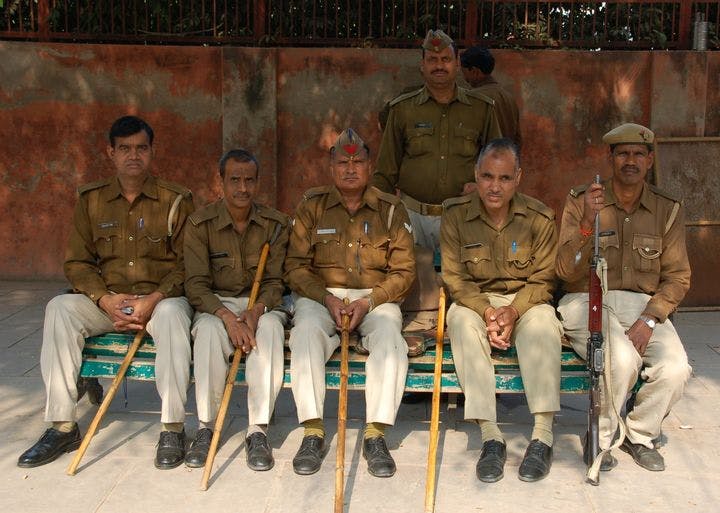Spring 2011
India's Vanishing Officers
– The Wilson Quarterly
India's military can’t find enough qualified and willing candidates to fill their junior officer ranks.
India’s armed forces are among the largest in the world, with more than 1.3 million troops on active duty. But they are facing a crisis: They can’t find enough qualified and willing candidates to fill their junior officer ranks, reports doctoral candidate Dinesh Kumar of Monash University in Melbourne.
The shortage is not entirely new, but today it is worse than ever, in part because the opening of India’s economy has created new avenues for upward mobility. In addition, new officers face the unappealing prospect of being shipped off to the country’s counterinsurgency missions against separatists in the province of Jammu and Kashmir.
In 1997, when the Ministry of Defense first hired an advertising agency to burnish the military’s image, the army faced an officer shortfall of nearly 13,000, more than 25 percent of the slots it was seeking to fill. Three years later, the shortfall reached 31 percent. The navy and air force have smaller but growing shortages.
In addition to recruitment, India’s military faces problems with retention. Between 1995 and 2007, requests from officers for early release surged by nearly 200 percent, suggesting “a very high level of internal dissatisfaction.”
The armed forces’ woes could abet regional instability. India’s military must be prepared to fight nuclear and conventional wars against China and Pakistan (six of the army’s 13 corps are located along the disputed borders with those two nuclear powers), and the officer crisis undermines its capabilities. One retired officer Kumar interviewed said, “In a future war, we will suffer. When today’s leadership grows 30 years hence, it will be mediocre at very best.” He predicted that India could lose the next war with either China or Pakistan.
* * *
The Source: "The Officer Crisis in the Indian Military" by Dinesh Kumar, in South Asia: Journal of South Asian Studies, December 2010.
Photo courtesy of Flickr/Glenn Harper
